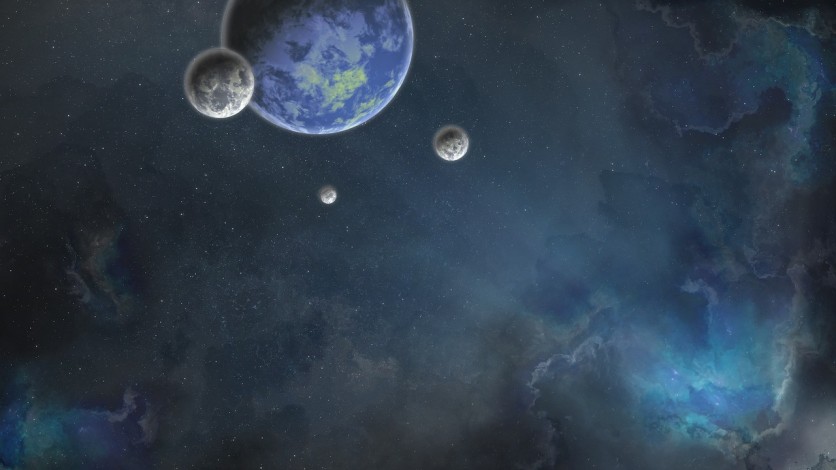NASA's Transiting Exoplanet Survey Satellite (TESS) has made a significant discovery, with scientists from The University of New Mexico (UNM) and the Massachusetts Institute of Technology (MIT) detecting and confirming two of the longest-period exoplanets to date.
These planets are part of the warm Jupiter class, large exoplanets with orbital periods ranging from 10 to 200 days and at least six times the size of Earth, as reported in Phys.org.

Newly Discovered Exoplanets
The newly discovered exoplanets, named TOI-4600 b and TOI-4600 c, were identified through photometric data collected by TESS, followed by further observations using ground-based telescopes.
The observing approach employed by TESS, which involves dividing the sky into sectors surveyed for approximately 28 days each, has enabled a comprehensive search for transiting planets across the entire sky.
This method has proven effective in detecting a wide range of planets around different types of stars. In this instance, TOI-4600 b and c were found orbiting a K dwarf star, known as an orange dwarf, which is slightly smaller and cooler than the Sun, according to the team.
To be detected accurately by TESS, exoplanets must complete at least two transits across their host stars within the satellite's observation period. Due to the limited 28-day coverage for 74% of TESS's total sky, most detected exoplanets have orbital periods shorter than 40 days.
As a result, the long orbital periods of TOI-4600 b (82.69 days) and TOI-4600 c (482.82 days) offer valuable insights into long-period planets.
The lead author of the research paper, Ismael Mireles from The University of New Mexico, alongside collaborators from MIT and the University of Bern, employed observations and data analysis to measure the sizes and periods of the planets.
Mireles and his team confirmed the planet's existence by carefully analyzing transit signals and subsequent ground-based observations.
Bigger than the Earth
The inner planet, TOI-4600 b, has a radius nearly seven times that of Earth and is categorized between the sizes of Neptune and Saturn. It boasts an estimated temperature of approximately 170 degrees Fahrenheit.
The second planet, TOI-4600 c, is around nine and a half times the size of Earth and is comparable to Saturn in size. TOI-4600 c's period of 482.82 days marks it as the longest-period exoplanet discovered by TESS thus far.
The significance of this discovery lies in the rarity of finding two long-period giant planets in a single system. The research contributes to the ongoing investigation of planet formation, particularly in identifying planetary configurations resembling those in our own solar system.
"We want to find out how these are formed? Are there other planets in this system? Does that tell us anything about how these giant planets affect smaller planets that might be in there or might not be in there and why they're not there? There's still things that we want to find out and that will tell us a lot about planet formation," Mireless said in a statement.
The findings of the team were published in the Astrophysical Journal Letters.

ⓒ 2025 TECHTIMES.com All rights reserved. Do not reproduce without permission.




